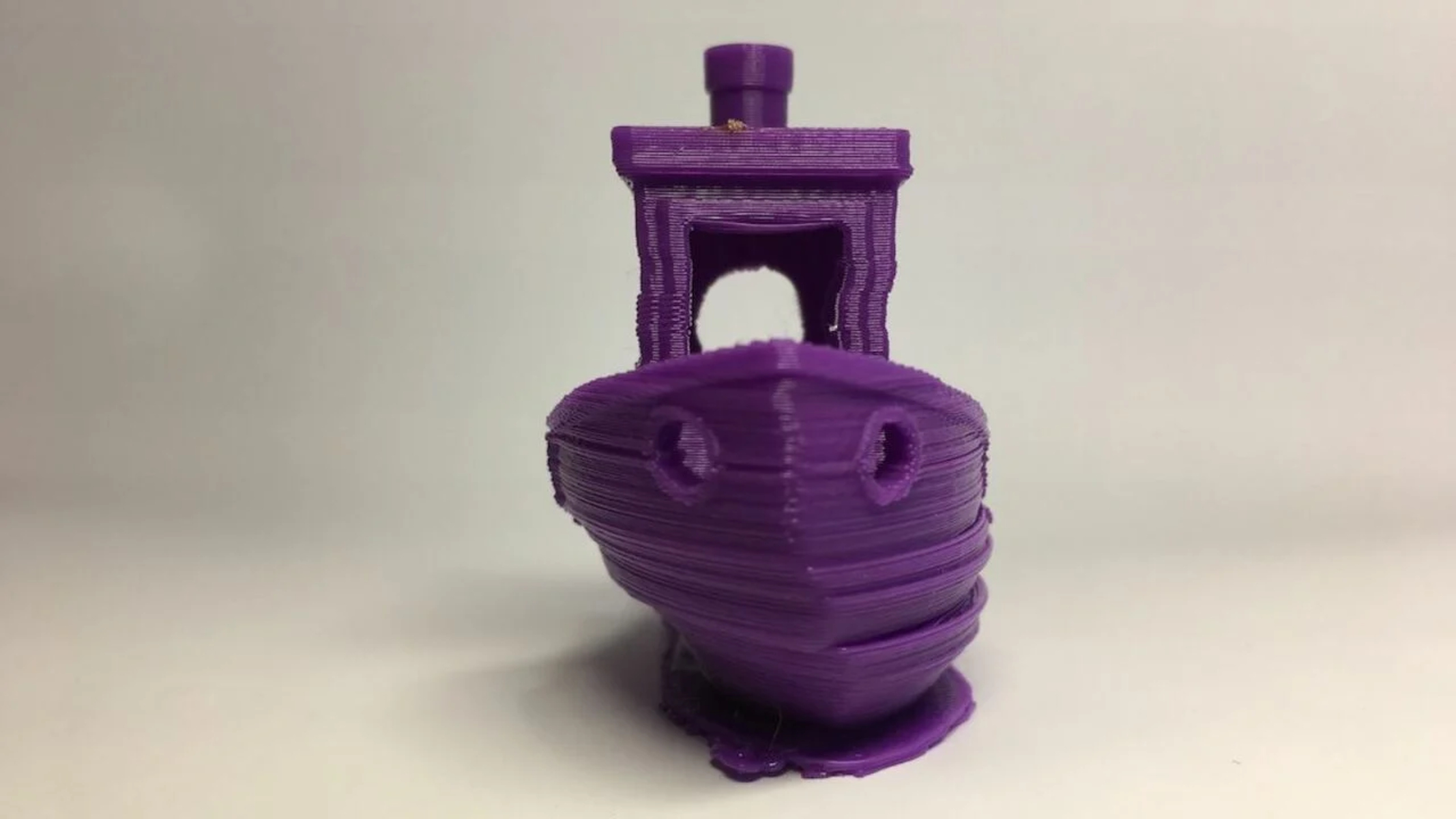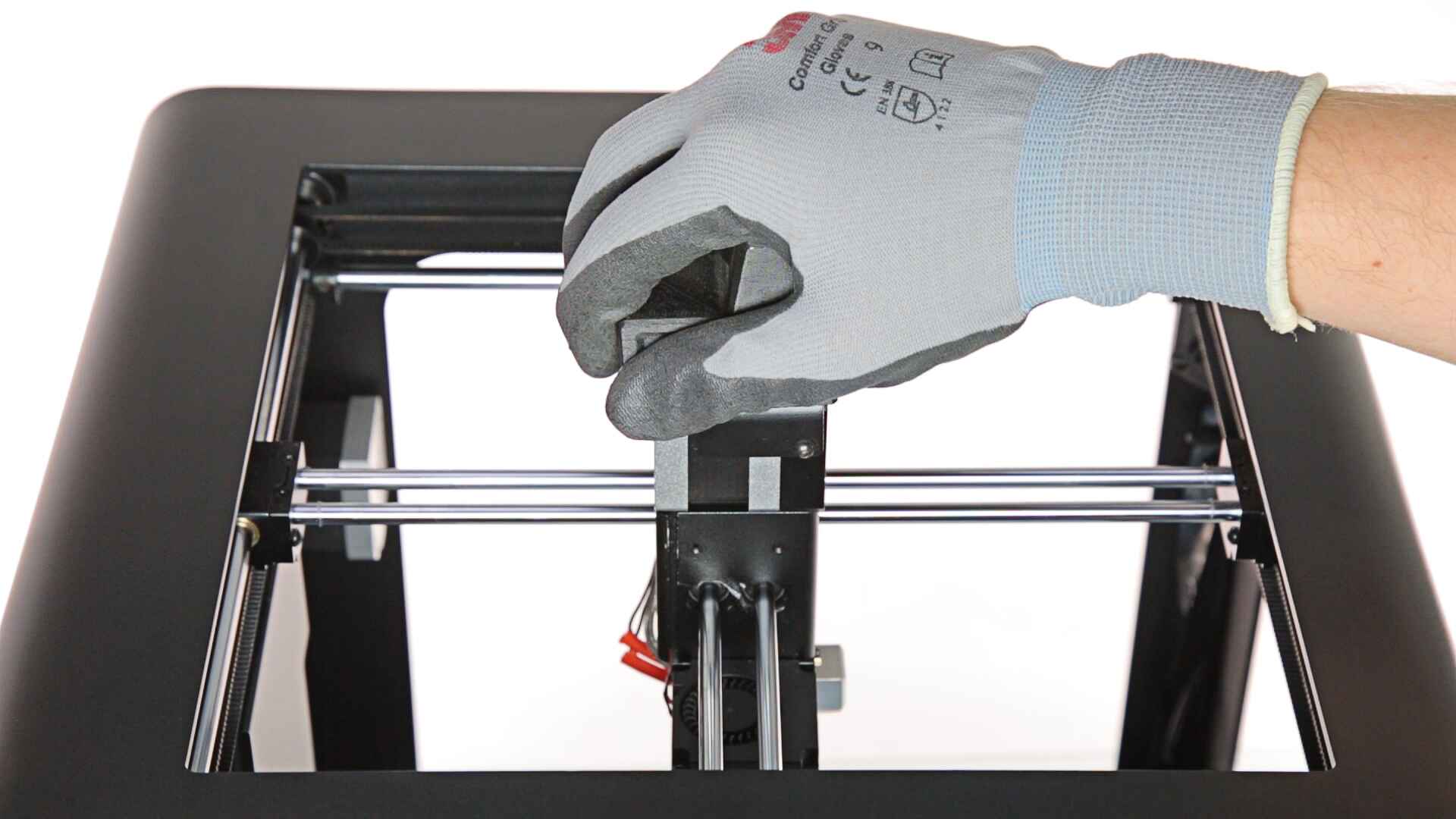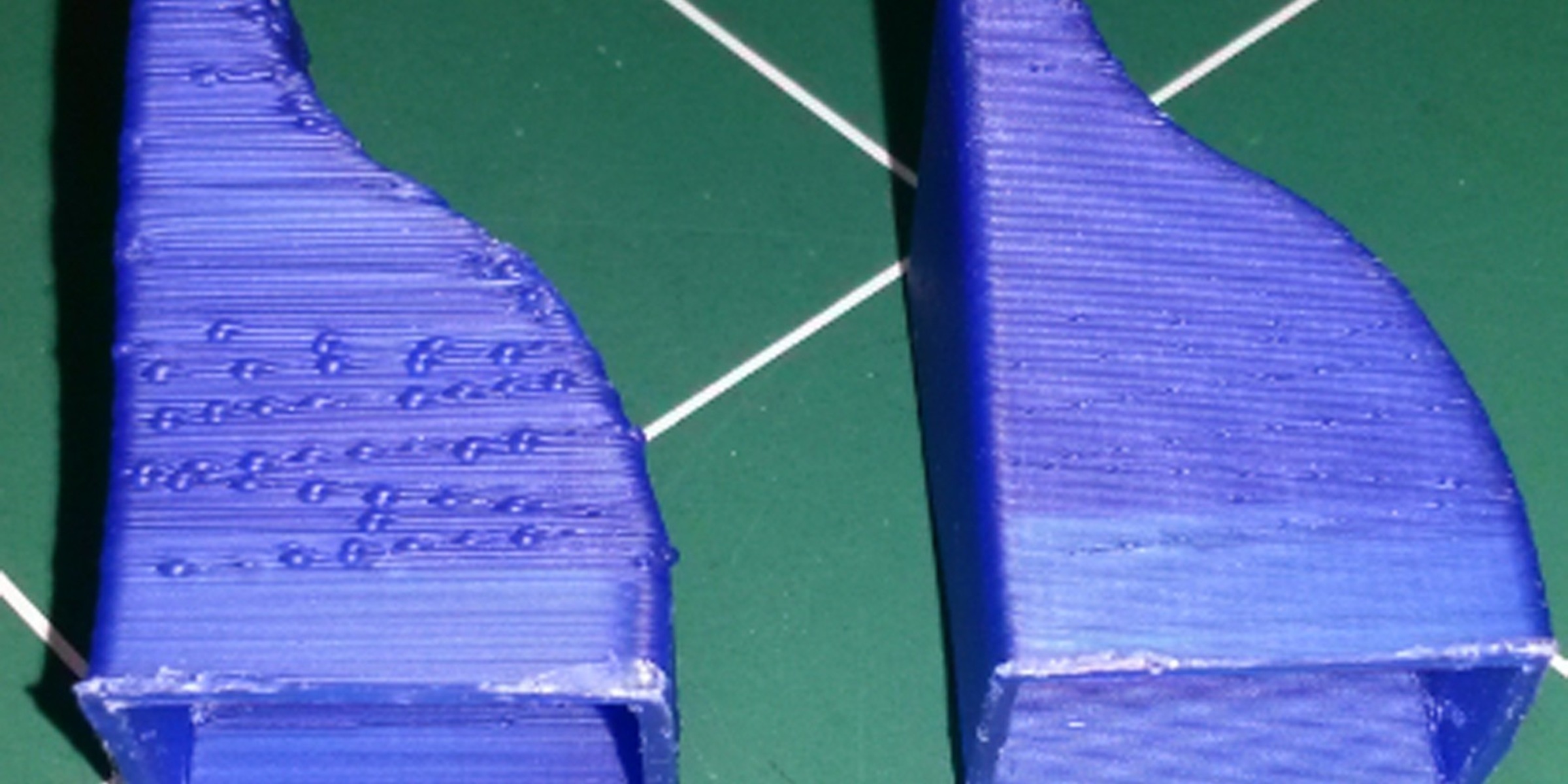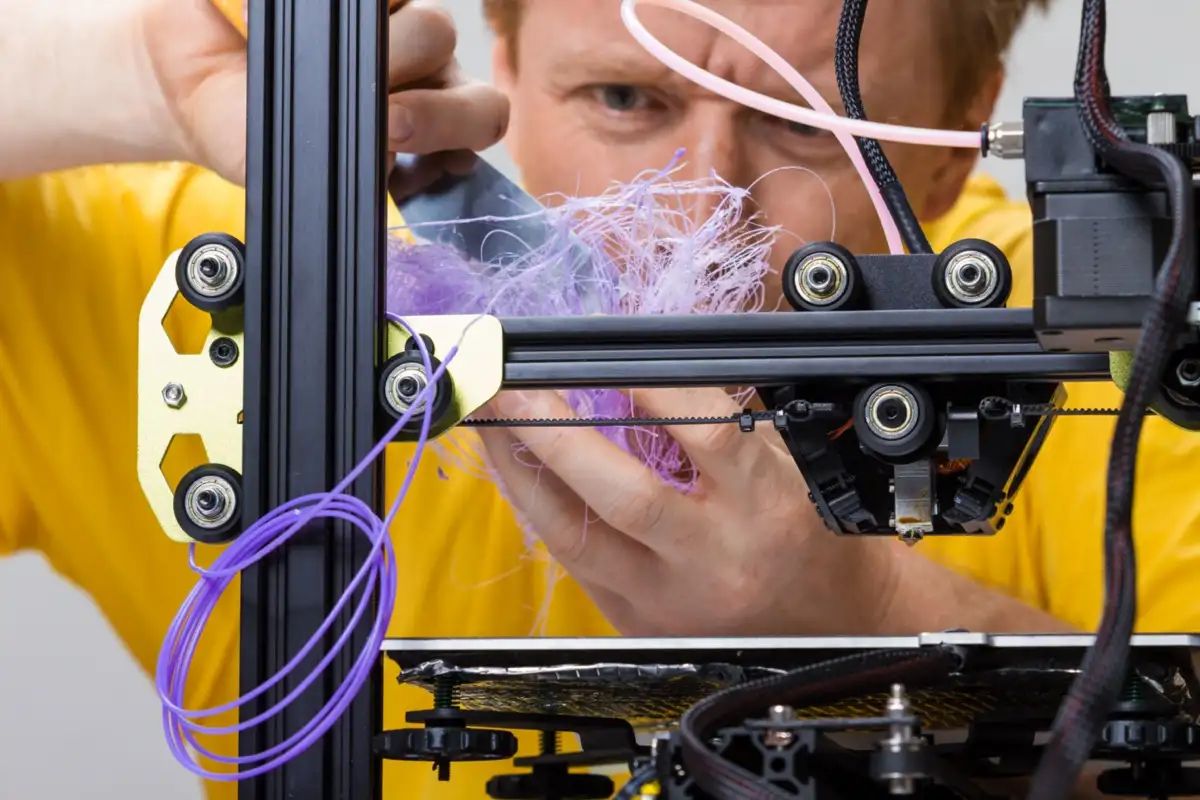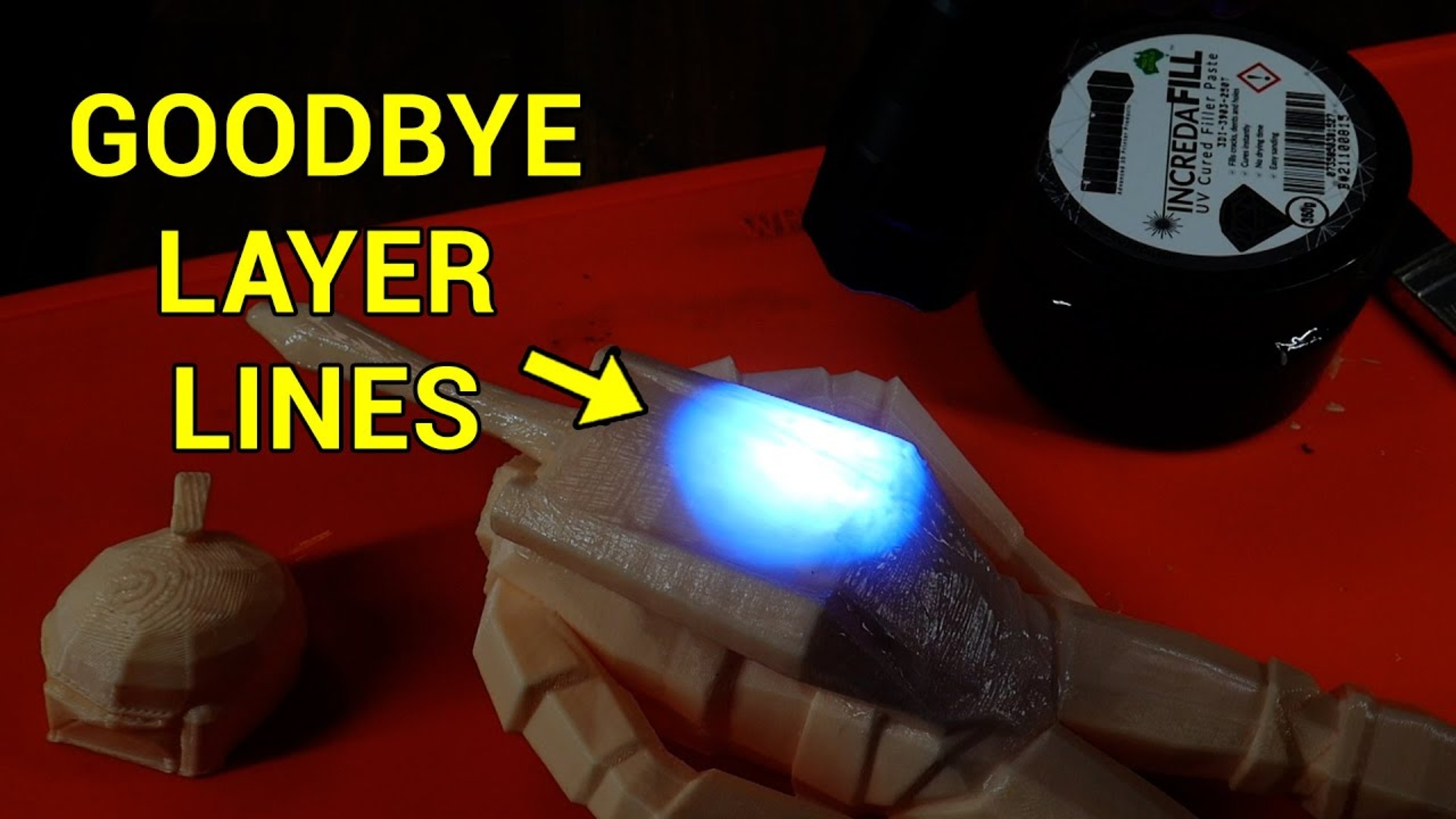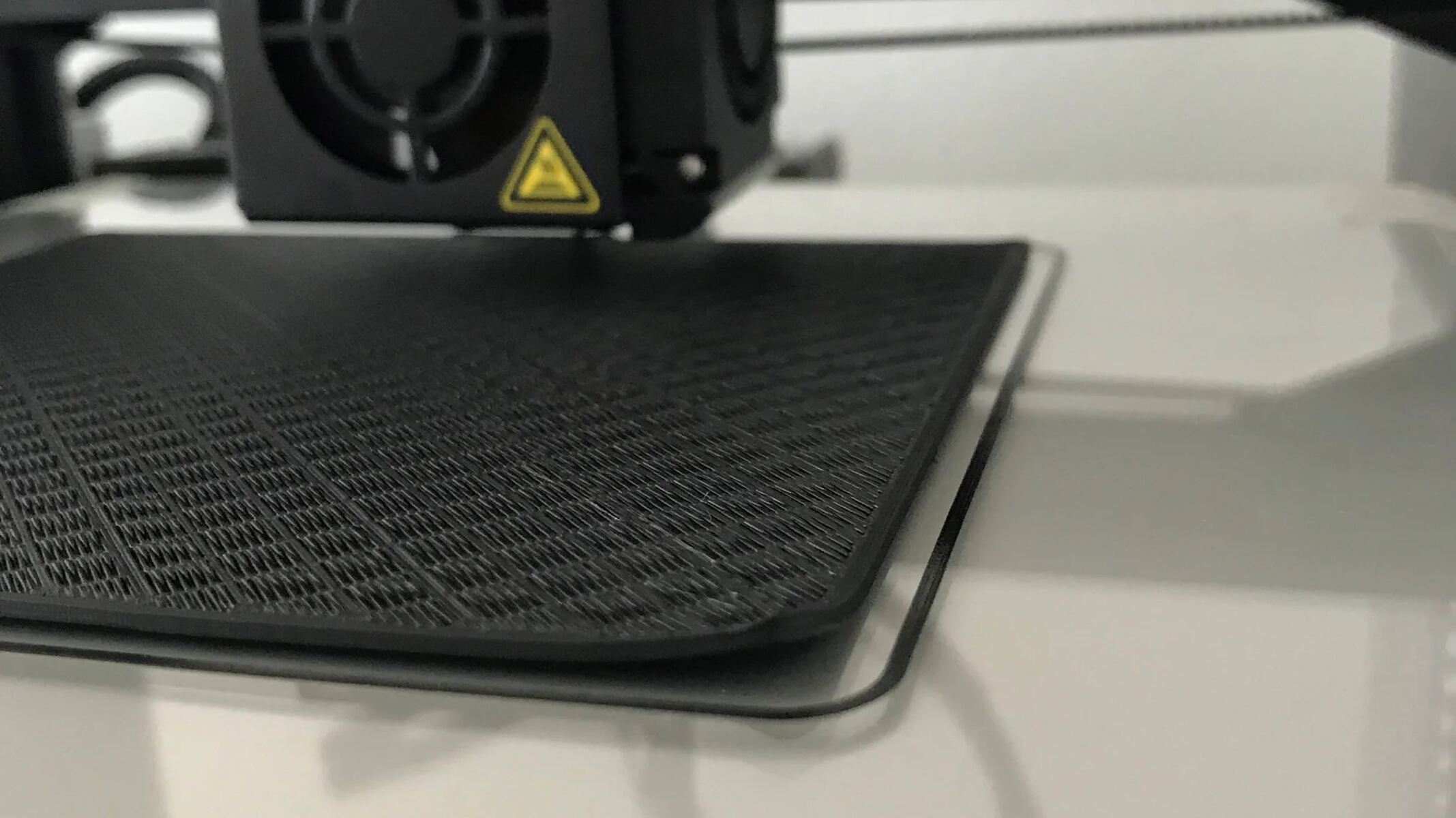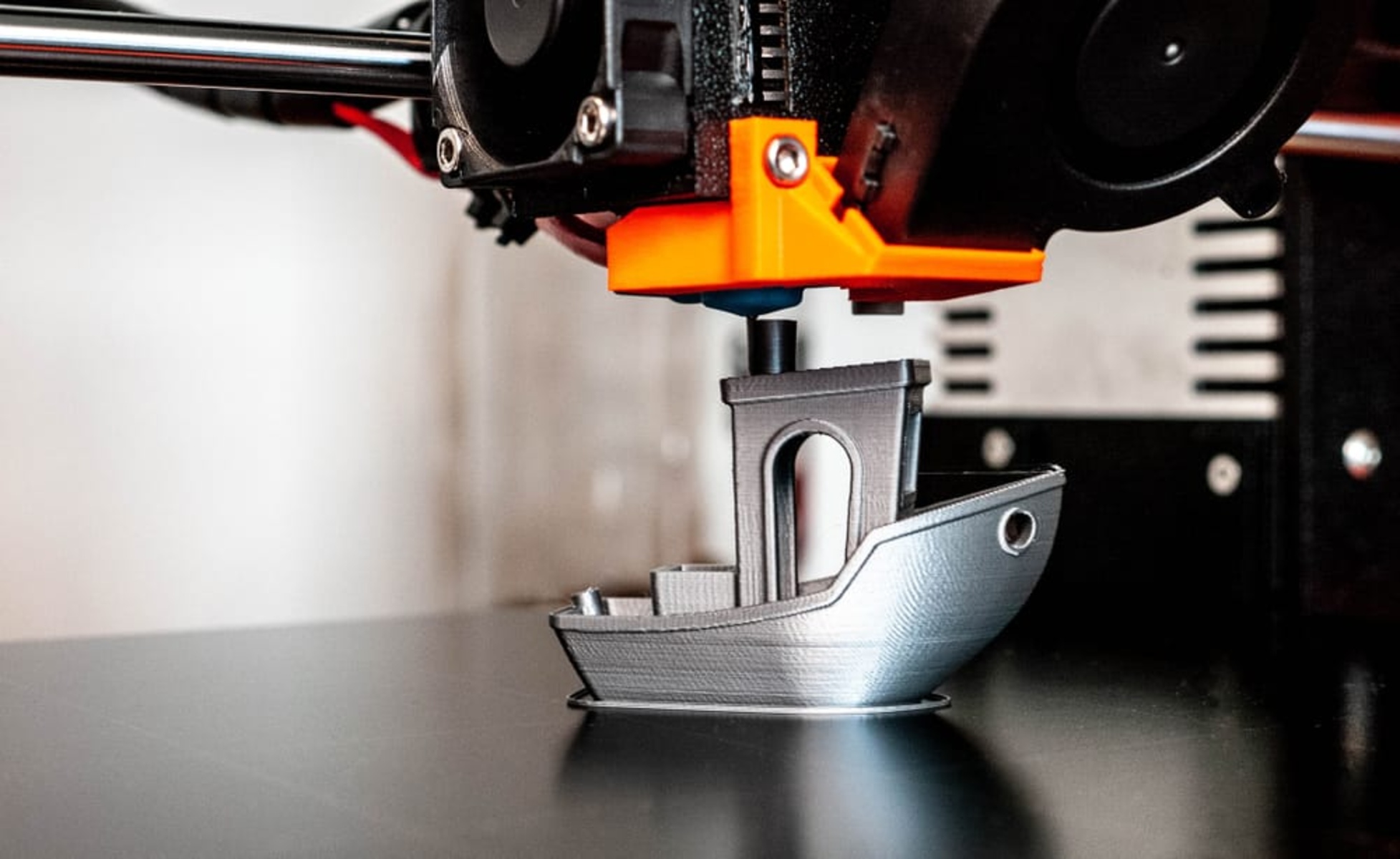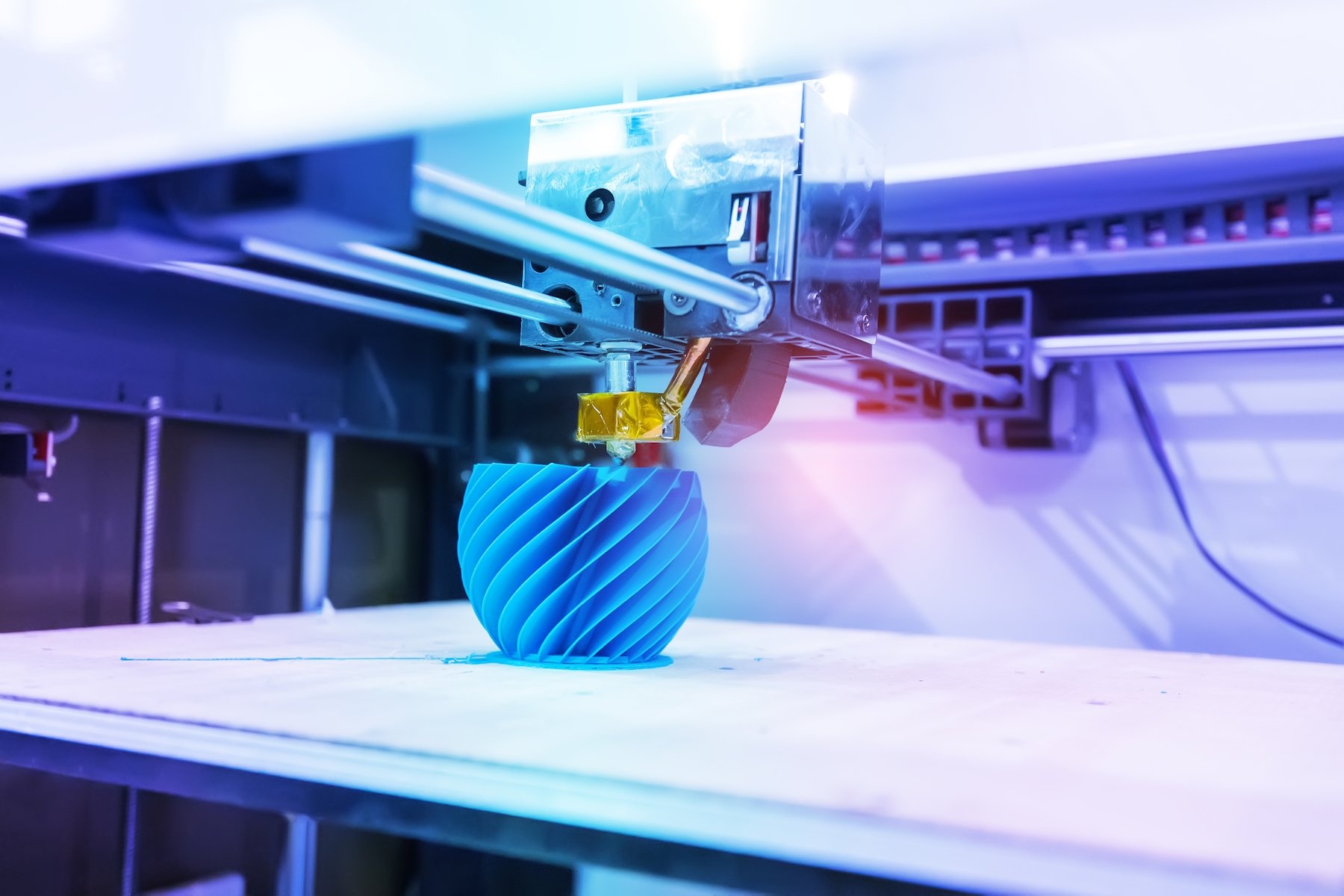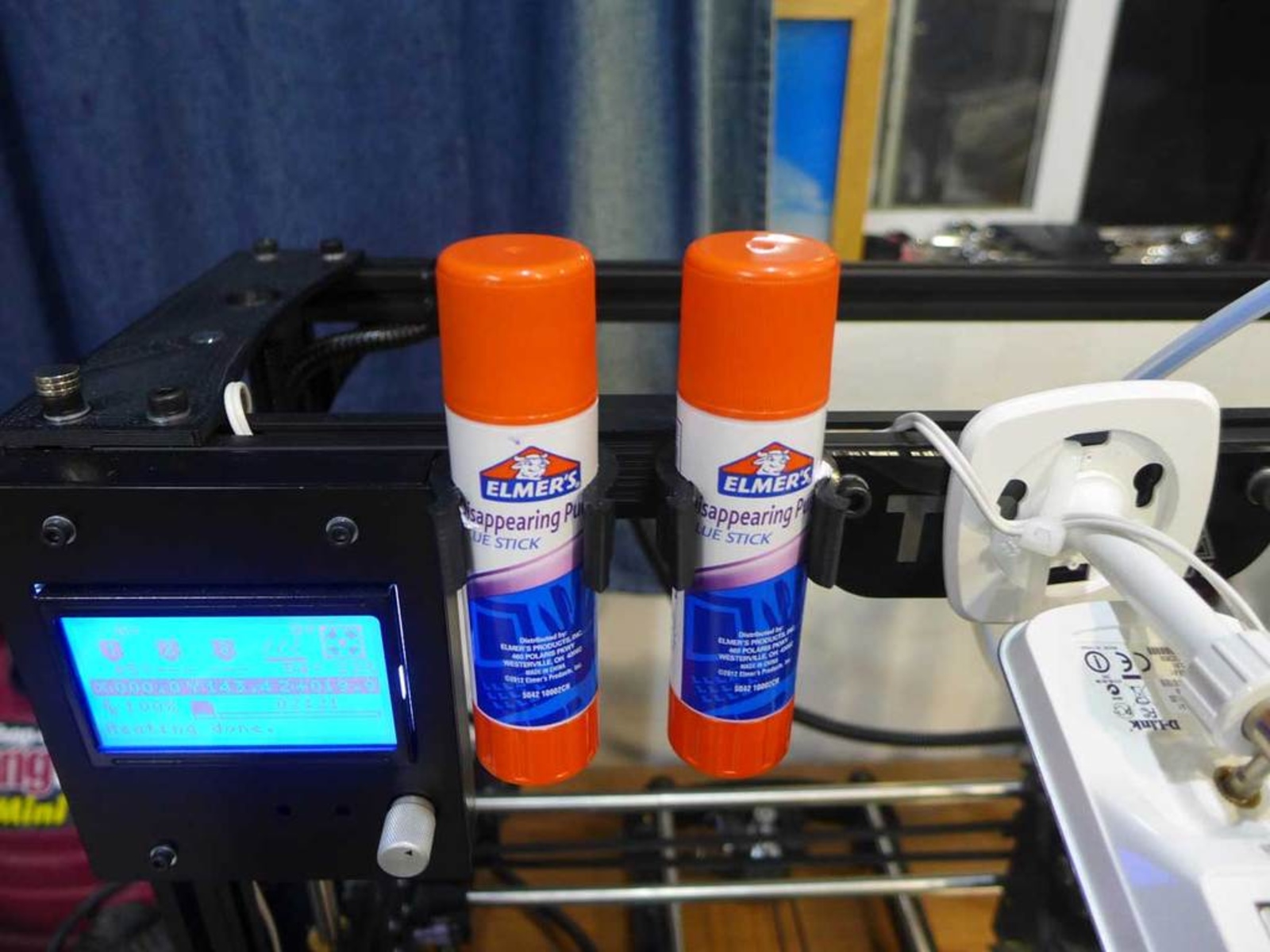Introduction
When it comes to 3D printing, layer shifting is an issue that can cause frustration and wasted time and materials. If you’ve ever experienced the disappointment of your 3D print suddenly deviating from its intended design, you may have encountered layer shifting. But what causes layer shifting in 3D printing?
Layer shifting, also known as layer misalignment, occurs when the layers of a 3D print shift or move unintentionally during the printing process. Instead of each layer stacking neatly on top of one another, the layers become misaligned, resulting in an object that is distorted and not as intended.
To understand the causes of layer shifting, it’s important to have an overview of the 3D printing process. 3D printing, also known as additive manufacturing, involves creating three-dimensional objects by laying down successive layers of material. This process is guided by computer-controlled models that specify the design and dimensions of the object being printed.
While layer shifting can be frustrating, it’s not an uncommon issue in 3D printing. Several factors can contribute to layer shifting, including mechanical issues, software and firmware problems, and electrical and power supply issues. Identifying the specific culprit behind layer shifting requires careful analysis of the printing setup and troubleshooting.
Definition of Layer Shifting in 3D Printing
Layer shifting, also known as layer misalignment, is a common issue that occurs during the 3D printing process. It refers to the unintentional movement or displacement of the layers in a printed object, resulting in a misaligned final product. Instead of each layer being precisely placed on top of the previous one, the layers shift off their designated positions, leading to a distorted and flawed print.
Layer shifting can happen in various directions, such as horizontally or vertically, and can occur at any stage of the printing process. The severity of layer shifting can range from minor misalignments that slightly affect the print’s appearance to more significant shifts that render the object unusable.
This phenomenon is especially problematic for intricate prints or large-scale projects that require precise layer stacking. Even a slight shift can cause the entire print to become skewed or misshapen, resulting in wasted time, materials, and effort.
Layer shifting is most commonly observed in FDM (Fused Deposition Modeling) printers, which operate by melting and extruding thermoplastic filament to create the layers. However, it can also occur in other types of 3D printers, such as SLA (Stereolithography) or SLS (Selective Laser Sintering), albeit less frequently.
Understanding the causes of layer shifting is essential for troubleshooting and preventing this issue. By addressing the underlying factors that contribute to layer shifting, 3D printing enthusiasts can improve the quality and accuracy of their prints, saving time and resources in the process.
Overview of the Printing Process
Before diving into the causes of layer shifting in 3D printing, it’s important to have a basic understanding of the printing process itself. 3D printing, also known as additive manufacturing, involves creating three-dimensional objects layer by layer. While there are different types of 3D printing technologies, the overall process follows a similar framework.
The process begins with the creation of a digital model in a computer-aided design (CAD) software. This model serves as the blueprint for the object to be printed. The CAD software converts the model into a format that the 3D printer can understand, typically an .STL (Standard Tessellation Language) file.
Once the file is prepared, it is transferred to the 3D printer’s software, which slices the model into thin horizontal layers. Each layer represents the specific thickness that the printer will deposit, usually ranging from 0.1mm to 0.4mm, depending on the printer’s capabilities and the desired print quality.
With the model sliced, the printer begins the physical printing process. In FDM printers, a spool of filament is fed into a heated extruder, which melts the filament and deposits it in a controlled manner onto a build platform. The extruder moves in the X and Y axes, while the build platform moves in the Z-axis, gradually building up the object layer by layer.
For SLA printers, the process is slightly different. Instead of extruding melted filaments, SLA printers use a vat of photosensitive resin. A laser or DLP (Digital Light Processing) projector selectively exposes the resin, solidifying it layer by layer to create the object.
Regardless of the printing technology used, the process continues until all layers are printed and the object is complete. Once finished, the printed object may undergo post-processing steps such as removing support structures, sanding, or painting to achieve the desired final appearance.
Understanding the basic workflow of the 3D printing process sets the foundation for identifying the potential factors that contribute to layer shifting. By analyzing each stage of the process, we can pinpoint mechanical, software, and electrical issues that may lead to misalignment and ultimately prevent layer shifting from occurring.
Factors that Contribute to Layer Shifting
Layer shifting in 3D printing can be caused by a variety of factors, ranging from mechanical issues to software and electrical problems. Understanding these contributing factors is essential for troubleshooting and preventing layer shifting. Let’s take a closer look at some of the common culprits:
Mechanical Issues:
1. Loose belts or pulleys: If the belts or pulleys responsible for moving the print head or build platform become loose, it can result in inconsistent movement and lead to layer shifting.
2. Faulty stepper motors: The stepper motors, which control the movement of the print head or build platform, can experience issues like overheating, poor calibration, or insufficient torque, causing the layers to shift.
3. Inadequate lubrication: Insufficient lubrication of the moving parts within the 3D printer can create friction and resistance, leading to irregular movements and layer misalignment.
Software and Firmware Problems:
1. Incorrect slicer settings: The slicer software plays a crucial role in translating the 3D model into printable instructions. Incorrect settings, such as improper layer height or print speed, can result in poor layer adhesion and eventual shifting.
2. Insufficient cooling or temperature management: In some cases, the temperature settings for the print bed, extruder, or print chamber may not be properly controlled, leading to overheating or insufficient cooling. This can cause material warping or softening, resulting in layer shifting.
3. G-code errors: G-code commands instruct the printer on how and where to deposit the material. Mistakes in the G-code or corrupted files can cause the printer to interpret the instructions incorrectly, leading to misaligned layers.
Electrical and Power Supply Problems:
1. Power fluctuations: Voltage fluctuations during the printing process can disrupt the printer’s consistent operation, causing sudden shifts in the layers.
2. Insufficient power supply: If the power supply is inadequate for the printer’s requirements, it may not deliver a stable and consistent flow of power, leading to erratic movements and layer shifting.
3. Loose connections: Loose electrical connections within the printer can introduce intermittent disruptions in communication and power transmission, resulting in layer misalignment.
By identifying and addressing these contributing factors, 3D printing enthusiasts can minimize the occurrence of layer shifting and produce high-quality prints with greater accuracy.
Mechanical Issues
In the world of 3D printing, mechanical issues can often be major contributors to layer shifting. Even minor problems with the hardware and mechanical components of a 3D printer can have a significant impact on the print quality and result in misaligned layers. Let’s delve into some common mechanical issues that can cause layer shifting:
1. Loose Belts or Pulleys:
The belts and pulleys in a 3D printer are responsible for precise movement and positioning of the print head or build platform. Over time, these components can become loose or stretched, resulting in inconsistent movement. When the belts or pulleys are not properly tensioned, the layers may shift due to the print head or build platform not accurately aligning with the intended path.
2. Faulty Stepper Motors:
Stepper motors play a crucial role in controlling the movement of the 3D printer’s components. If the stepper motors are faulty or improperly calibrated, it can lead to issues such as missed steps, skipped movements, or insufficient torque. These problems can cause the layers to shift, resulting in a misaligned print.
3. Inadequate Lubrication:
Moving parts within a 3D printer, such as rods or linear bearings, require adequate lubrication for smooth and consistent movement. Without proper lubrication, friction and resistance can occur, causing jerky movements or inconsistencies in the layer deposition. This can lead to layer shifting and affect the overall print quality.
4. Misaligned or Worn-out Guide Rails:
The guide rails or rods that guide the print head or build platform need to be aligned properly for accurate and precise movement. If the guide rails are misaligned or worn-out, it can cause the print head or build platform to deviate from the intended path, resulting in layer shifting.
5. Insufficient Rigidity:
The overall rigidity of a 3D printer’s frame and structure is crucial to maintain stability during the printing process. If the printer frame is not sturdy enough, it can lead to vibrations or wobbling, especially during high-speed movements, which can cause the layers to shift.
Regular maintenance and inspection of the mechanical components of a 3D printer are essential to prevent or address these issues. Proper belt tensioning, calibration of stepper motors, lubrication, and ensuring the rigidity of the printer frame are key steps in minimizing the occurrence of layer shifting due to mechanical problems.
Software and Firmware Problems
Software and firmware play a critical role in the 3D printing process, as they control the instructions and parameters that guide the printer’s operation. However, various software and firmware problems can contribute to layer shifting. Let’s explore some common issues:
1. Incorrect Slicer Settings:
The slicer software takes the 3D model and converts it into a toolpath for the printer to follow. Setting parameters such as layer height, print speed, and infill density is crucial for achieving accurate prints. Incorrect settings, such as choosing an unsuitable layer height or excessive print speed, can lead to poor layer adhesion and shifting. It’s essential to ensure the slicer settings are well-matched to the printer’s capabilities and the desired print quality.
2. Insufficient Cooling or Temperature Management:
Controlling the temperature during the 3D printing process is vital. Overheating can cause softening of the material, leading to layer shifts or material deformation. On the other hand, insufficient cooling, especially for smaller features or overhangs, can lead to poor layer adhesion and eventual shifting. Proper cooling and temperature management, through the use of fans or other cooling mechanisms, are crucial for maintaining the integrity of each layer.
3. G-Code Errors:
G-code, the language used by 3D printers to execute commands, can sometimes contain errors or corruption. These errors can result in commands being misinterpreted or executed incorrectly by the printer, leading to misaligned layers. It’s important to double-check the G-code files before printing to ensure they are error-free and properly generated.
4. Incompatible or Outdated Firmware:
The firmware serves as the bridge between software commands and hardware execution in the 3D printer. Outdated or incompatible firmware can lead to communication errors or incorrect motor movements, resulting in layer shifting. Keeping the printer’s firmware updated and ensuring compatibility with the slicing software is crucial for optimal performance.
5. Inaccurate Leveling or Calibration:
Proper leveling of the print bed and calibration of the printer’s components are essential for ensuring consistent and accurate prints. If the print bed is not level or the printer’s axes are not calibrated correctly, it can lead to misalignment between layers and cause shifting. Regularly checking and adjusting the leveling and calibration of the printer is necessary to prevent this issue.
Addressing these software and firmware problems through proper configuration, software updates, and regular maintenance is crucial for minimizing layer shifting and achieving high-quality 3D prints.
Electrical and Power Supply Problems
Electrical and power supply issues can significantly impact the printing process and contribute to layer shifting in 3D printing. Understanding and addressing these problems is crucial for maintaining the stability and accuracy of the printer. Let’s explore some common electrical and power supply problems that can lead to layer shifting:
1. Power Fluctuations:
Unstable or fluctuating power supply can disrupt the printer’s operation and lead to layer shifting. Voltage fluctuations during the printing process can cause sudden changes in motor speed or inconsistent movements, resulting in misaligned layers. It’s important to ensure a stable and reliable power source to prevent voltage fluctuations.
2. Insufficient Power Supply:
If the power supply is inadequate to meet the printer’s demands, it can result in compromised performance. Inadequate power supply can lead to insufficient torque in the motor, causing missed steps and layer shifting. It is essential to use a power supply that matches the printer’s requirements and provides a consistent and sufficient power output.
3. Loose Connections:
Loose electrical connections within the printer can cause intermittent disruptions in communication and power transmission. Unstable connections can lead to sudden interruptions in motor movements, resulting in layer shifts. Regularly inspecting and tightening all electrical connections can help prevent this issue from occurring.
4. Electrical Interference:
Electrical interference from external sources, such as nearby high-powered electronic devices or poor grounding, can disrupt the printer’s operation. Interference can cause communication errors or affect the stepper motor performance, leading to layer shifting. Minimizing the presence of interference sources and ensuring proper grounding can mitigate this problem.
5. Overheating:
Excessive heat within the printer can lead to various issues, including layer shifting. Overheating of components like the motor drivers or stepper motors can affect their performance and accuracy. Adequate cooling, proper ventilation, and ensuring that the printer is not operating in an excessively hot environment are important measures to prevent overheating-related layer shifting.
By addressing electrical and power supply problems, such as ensuring stable power, tight connections, and proper cooling, the risk of layer shifting in 3D printing can be significantly reduced. Regular maintenance and monitoring of the electrical components can help maintain the stability and reliability of the printer’s operation.
Tips to Prevent Layer Shifting
Layer shifting can be a frustrating issue in 3D printing, but luckily, there are several tips and techniques that can help prevent or minimize its occurrence. By implementing these preventive measures, you can improve the quality and accuracy of your prints. Here are some key tips to consider:
1. Maintain a Stable Printing Environment:
Ensure that the 3D printer is placed on a stable and level surface to minimize vibrations and unwanted movements during the printing process. Consider using vibration-dampening materials or anti-vibration pads to further stabilize the printer.
2. Check and Adjust Belt Tension:
Regularly inspect the belts in your 3D printer and ensure they are properly tensioned. Loose belts can result in inconsistent movement, causing layer shifting. If necessary, adjust the tension to ensure smooth and precise belt movement.
3. Calibrate Stepper Motors:
Proper calibration of stepper motors is crucial for accurate movement in the 3D printer. Take the time to calibrate the motor steps/mm and acceleration values to match your specific printer. This will help prevent missed steps and improve overall print quality.
4. Lubricate Moving Parts:
Regularly lubricate the moving parts of your printer, such as rods and linear bearings, to reduce friction and ensure smooth movement. Proper lubrication helps prevent jerky movements and reduces the chances of layer shifting due to resistance or sticking.
5. Ensure Proper Cooling:
Proper cooling is essential for preventing layer shifting, particularly for prints with small features or overhangs. Consider using a dedicated fan or cooling system to maintain optimal temperatures during the printing process. Adequate cooling helps prevent warping and material softening, reducing the likelihood of layer shifting.
6. Double-check Slicer Settings:
Verify that the slicer settings, such as layer height, print speed, and temperature, are correctly configured for your printer and the specific material being used. Adjusting these settings appropriately can improve layer adhesion and reduce the risk of shifting.
7. Ensure Stable Power Supply:
Use a stable and reliable power supply to prevent voltage fluctuations that can disrupt the printer’s operation. Consider using a surge protector or uninterruptible power supply (UPS) to safeguard against power fluctuations.
8. Regularly Update Firmware and Software:
Keep your printer’s firmware and slicing software up to date to ensure compatibility and access to the latest bug fixes and improvements. Updated firmware and software help maintain the printer’s stability and reliability, minimizing the chances of layer shifting.
By implementing these tips and techniques, you can significantly reduce the risk of layer shifting in your 3D prints and achieve higher quality and more accurate results.
Conclusion
Layer shifting can be a frustrating and disappointing issue in 3D printing, but with a deep understanding of its causes and implementing preventive measures, it can be minimized or even eliminated. Mechanical issues, software and firmware problems, and electrical and power supply issues can all contribute to layer shifting. Loose belts or pulleys, faulty stepper motors, inadequate lubrication, incorrect slicer settings, power fluctuations, and loose connections are just a few examples of the factors that can lead to misaligned layers.
To prevent layer shifting, it is crucial to maintain a stable printing environment, periodically check and adjust belt tension, calibrate stepper motors, lubricate moving parts, ensure proper cooling, double-check slicer settings, stabilize the power supply, and keep firmware and software updated. By following these tips, 3D printing enthusiasts can achieve higher quality prints with consistent layer alignment.
Layer shifting may still occur occasionally, especially when dealing with complex prints or larger objects. However, by troubleshooting and addressing the specific causes, it is possible to minimize the impact and improve the overall success rate of prints.
In the end, with a combination of technical knowledge, attention to detail, and regular maintenance, layer shifting can be significantly reduced, allowing for more successful and accurate 3D printing endeavors. Embracing the challenge and continuously striving for improvement will lead to a more rewarding and enjoyable 3D printing experience.







